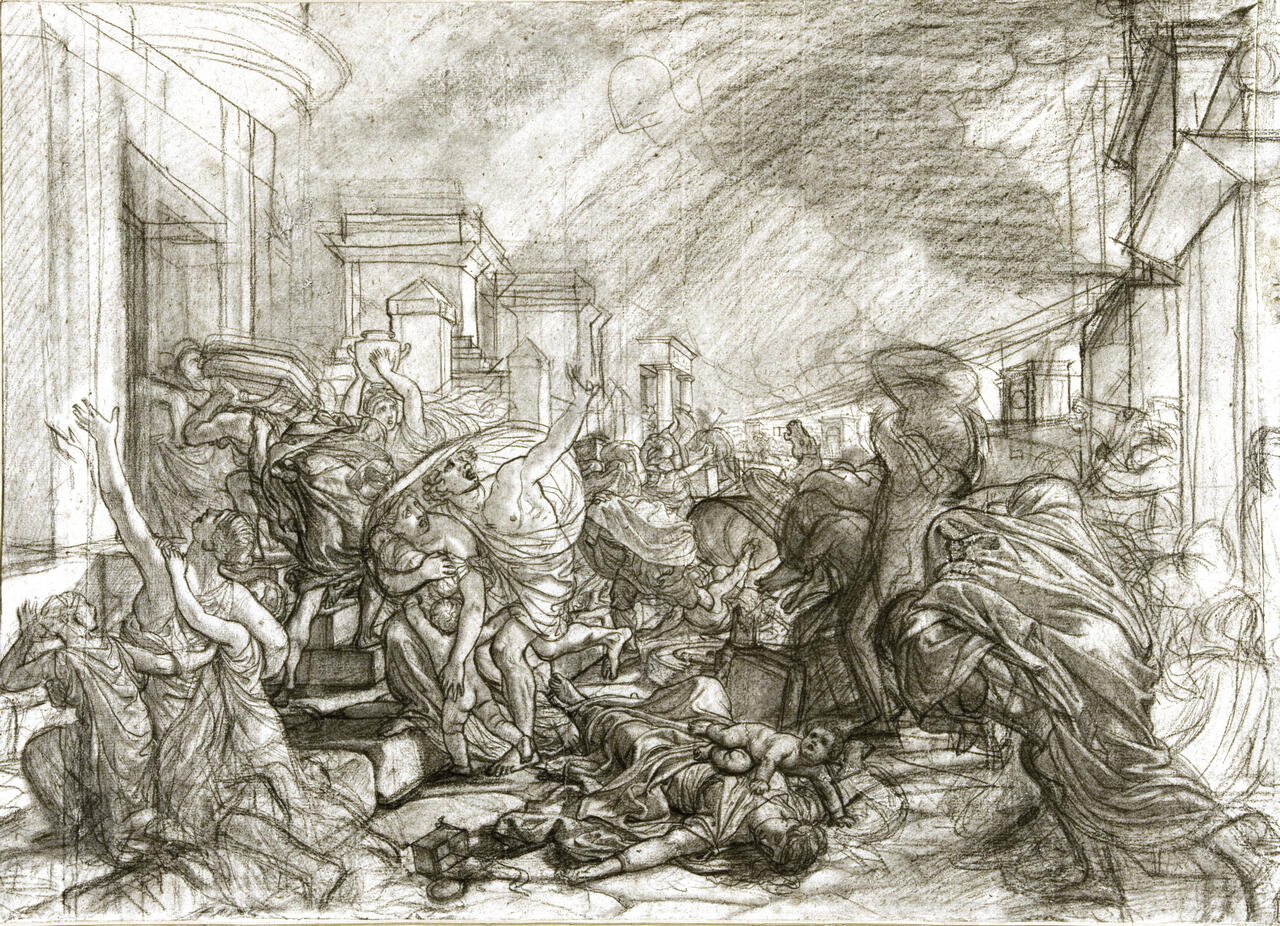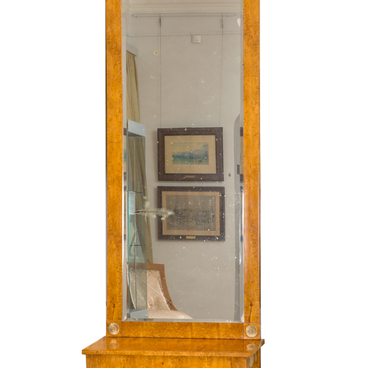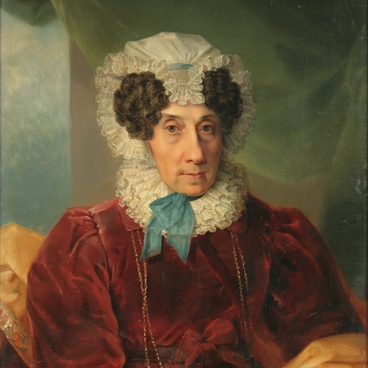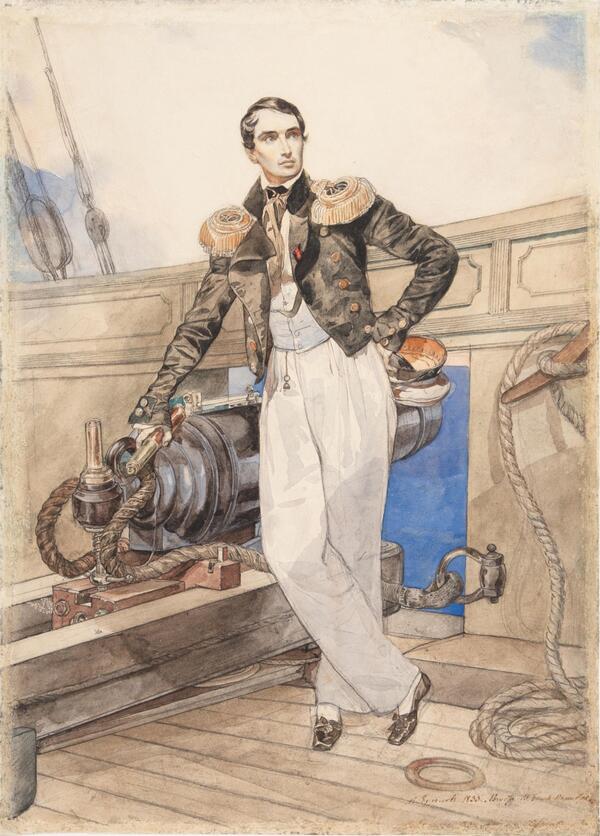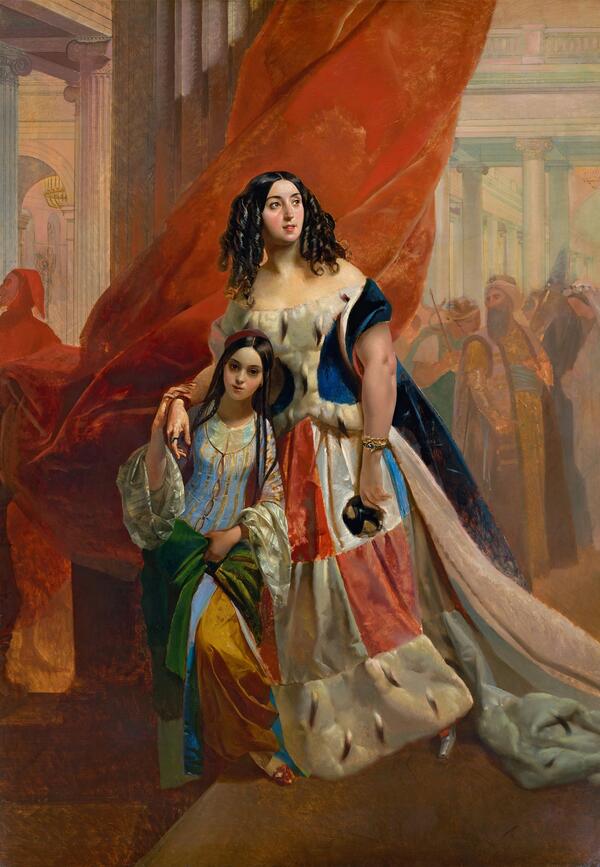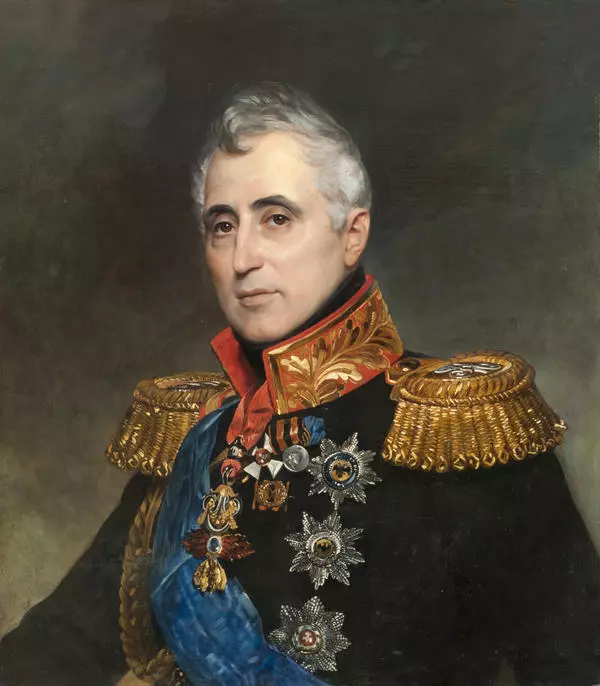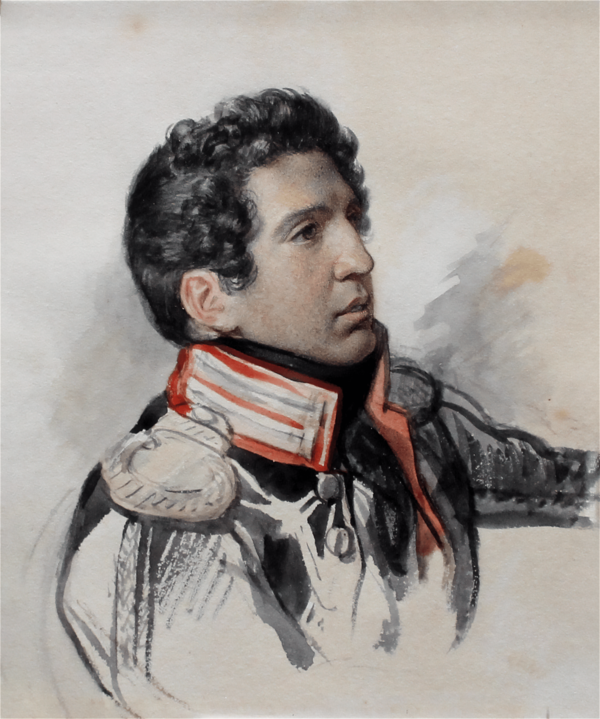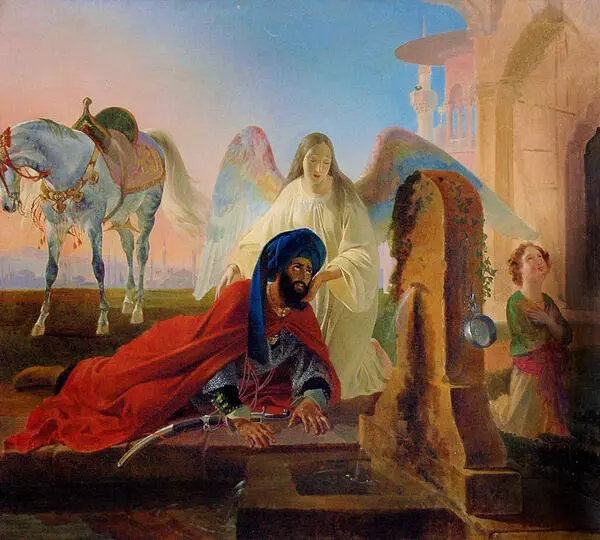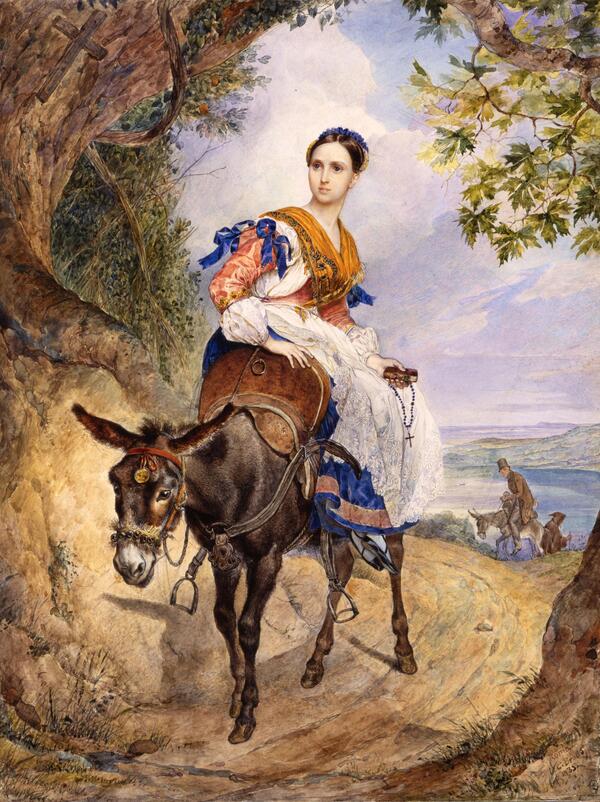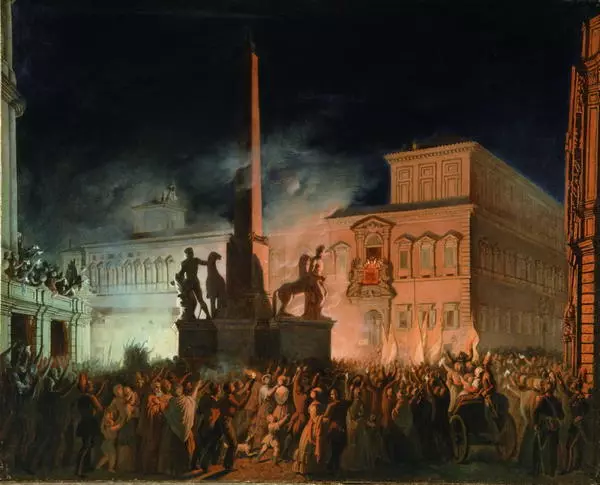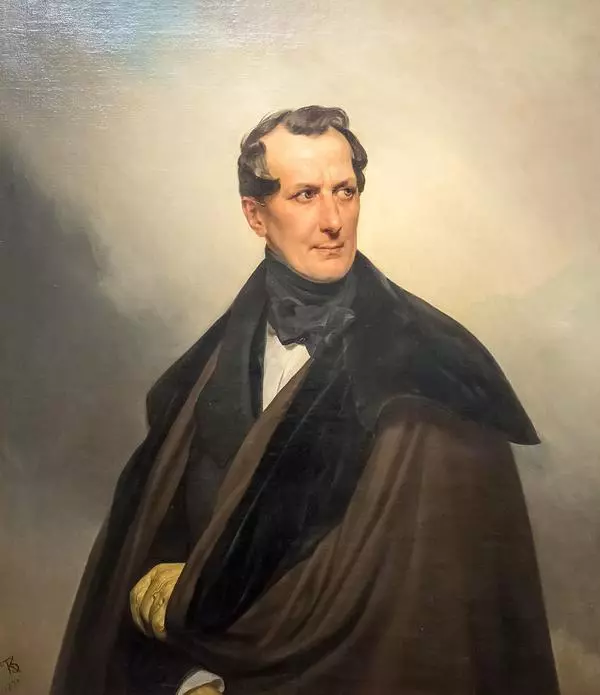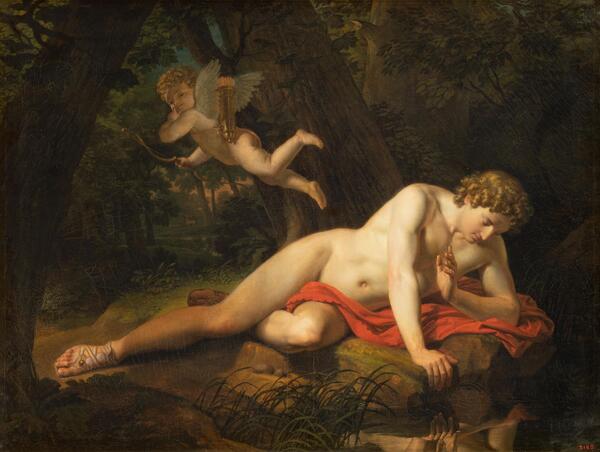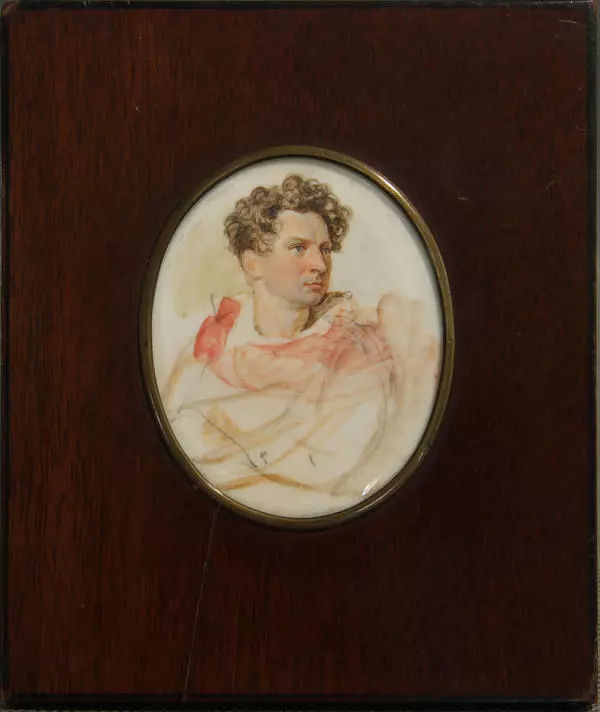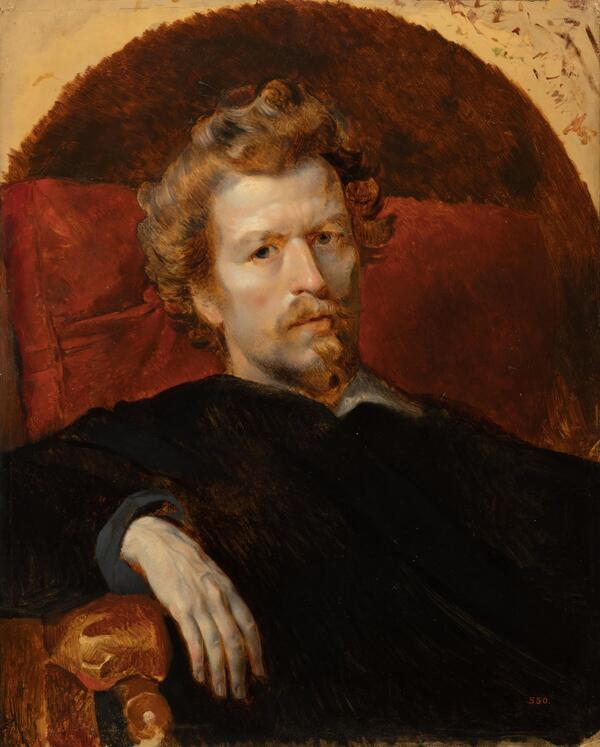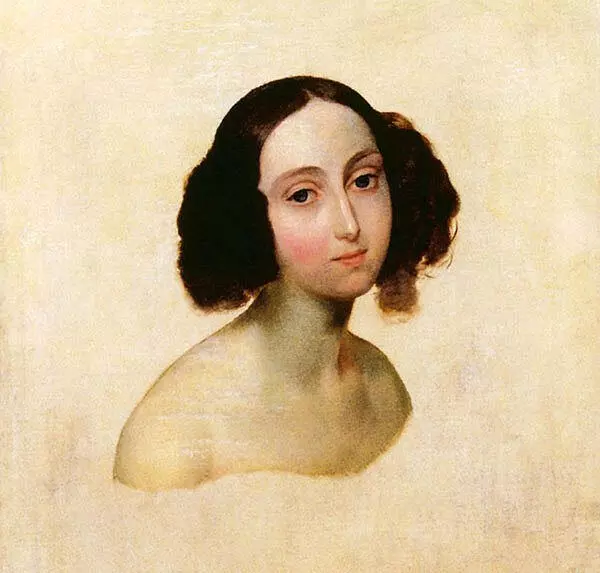This work entered the Murom Museum in 1918 as part of the collection of Counts Uvarov. Its author Karl Bryullov (1799-1852) is a Russian artist, painter, muralist, water-colorist, representative of Classicism and Romanticism. At the age of 10, he was enrolled in the St. Petersburg Academy of Arts without entrance exams. For his graduation work in 1821, he received a Large gold medal and the right to an internship in Italy. The painter lived in this country for 14 years, here for three years he painted his famous grandiose canvas “The Last Day of Pompeii”, the success of which was stunning. The Italians literally burst into Bryullov’s workshop in order to see the masterpiece at least from the corner of their eye. Returning to Russia with his brainchild was truly a triumph of Russian fine art. E. A. Baratynsky greeted the famous canvas with verses: “The last day of Pompeii was the first day for the Russian brush!”. N.V. Gogol called the painting “a worldwide creation.”
The picture tells about the famous tragedy of the Roman Empire, when on August 24, 79, during the eruption of Mount Vesuvius, four cities were destroyed — Pompeii, Herculaneum, Stabia and Oplotnia. Only at the beginning of the XIX century, after archaeologists discovered the ruins of Pompeii, the scale of that tragedy appeared before contemporaries. The Bryullov painting is 456.5 ×651 cm in size. It is kept in the State Russian Museum in St. Petersburg. One of its most famous pictorial sketches is also kept there. In a letter to his brother Fyodor Karl Bryullov mentions “a sketch for the painting ordered by Countess Razumovskaya.” Many sketches were made in different techniques for a complex multi-figure composition. It is assumed that our pencil drawing was presented by the author himself to Countess Ekaterina Alekseevna Uvarova (born Razumovskaya), the wife of the Minister of Education S.S. Uvarov, whom the artist met during her trip to Italy. This sketch largely coincides with the final composition. Each group of people in the picture is combined into a separate plot. So, fleeing from the impending lava, the mother seeks to shelter the children, the sons carry the old father on their shoulders, and the groom carefully supports his unfeeling bride. A washy mother persuades her son not to burden himself, and the father of the family tries in vain to hide his loved ones. But the rider, who has much more chances to escape than others, rushes at full speed, not wanting to help anyone. The priest, whom they used to listen to and believed, cowardly leaves the dying city with the hope to remain unnoticed.
The pencil sketch from the Murom Museum had a rather deplorable state. The paper was torn right in the very center of the sketch. In the 1980s, the drawing was restored in Grabar’s workshops. And when the Art Gallery in Murom was opened in the winter of 1996, Bryullov’s sketch took its place in one of its halls.
The picture tells about the famous tragedy of the Roman Empire, when on August 24, 79, during the eruption of Mount Vesuvius, four cities were destroyed — Pompeii, Herculaneum, Stabia and Oplotnia. Only at the beginning of the XIX century, after archaeologists discovered the ruins of Pompeii, the scale of that tragedy appeared before contemporaries. The Bryullov painting is 456.5 ×651 cm in size. It is kept in the State Russian Museum in St. Petersburg. One of its most famous pictorial sketches is also kept there. In a letter to his brother Fyodor Karl Bryullov mentions “a sketch for the painting ordered by Countess Razumovskaya.” Many sketches were made in different techniques for a complex multi-figure composition. It is assumed that our pencil drawing was presented by the author himself to Countess Ekaterina Alekseevna Uvarova (born Razumovskaya), the wife of the Minister of Education S.S. Uvarov, whom the artist met during her trip to Italy. This sketch largely coincides with the final composition. Each group of people in the picture is combined into a separate plot. So, fleeing from the impending lava, the mother seeks to shelter the children, the sons carry the old father on their shoulders, and the groom carefully supports his unfeeling bride. A washy mother persuades her son not to burden himself, and the father of the family tries in vain to hide his loved ones. But the rider, who has much more chances to escape than others, rushes at full speed, not wanting to help anyone. The priest, whom they used to listen to and believed, cowardly leaves the dying city with the hope to remain unnoticed.
The pencil sketch from the Murom Museum had a rather deplorable state. The paper was torn right in the very center of the sketch. In the 1980s, the drawing was restored in Grabar’s workshops. And when the Art Gallery in Murom was opened in the winter of 1996, Bryullov’s sketch took its place in one of its halls.
